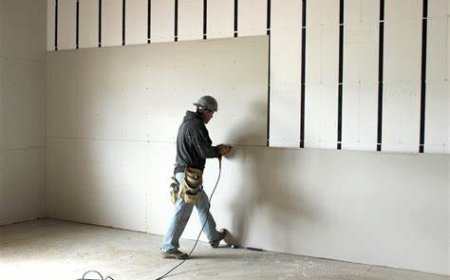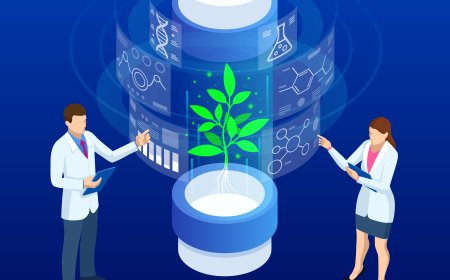- Understand the processes involved in installing gas lines for residential and commercial applications, including material and fitting selection.
- Learn to perform gas line pressure testing and detect leaks using common methods such as soap bubbles and gas detectors.
- Explore the importance of safety protocols during gas line installation and leak detection.
- Develop skills to prevent gas leaks through proper installation techniques and maintenance practices.
- Receive real-time feedback on gas line installation accuracy, leak detection efficiency, and adherence to safety standards.
imaginX is used by many amazing schools and universities
University / College

























